ID 141964
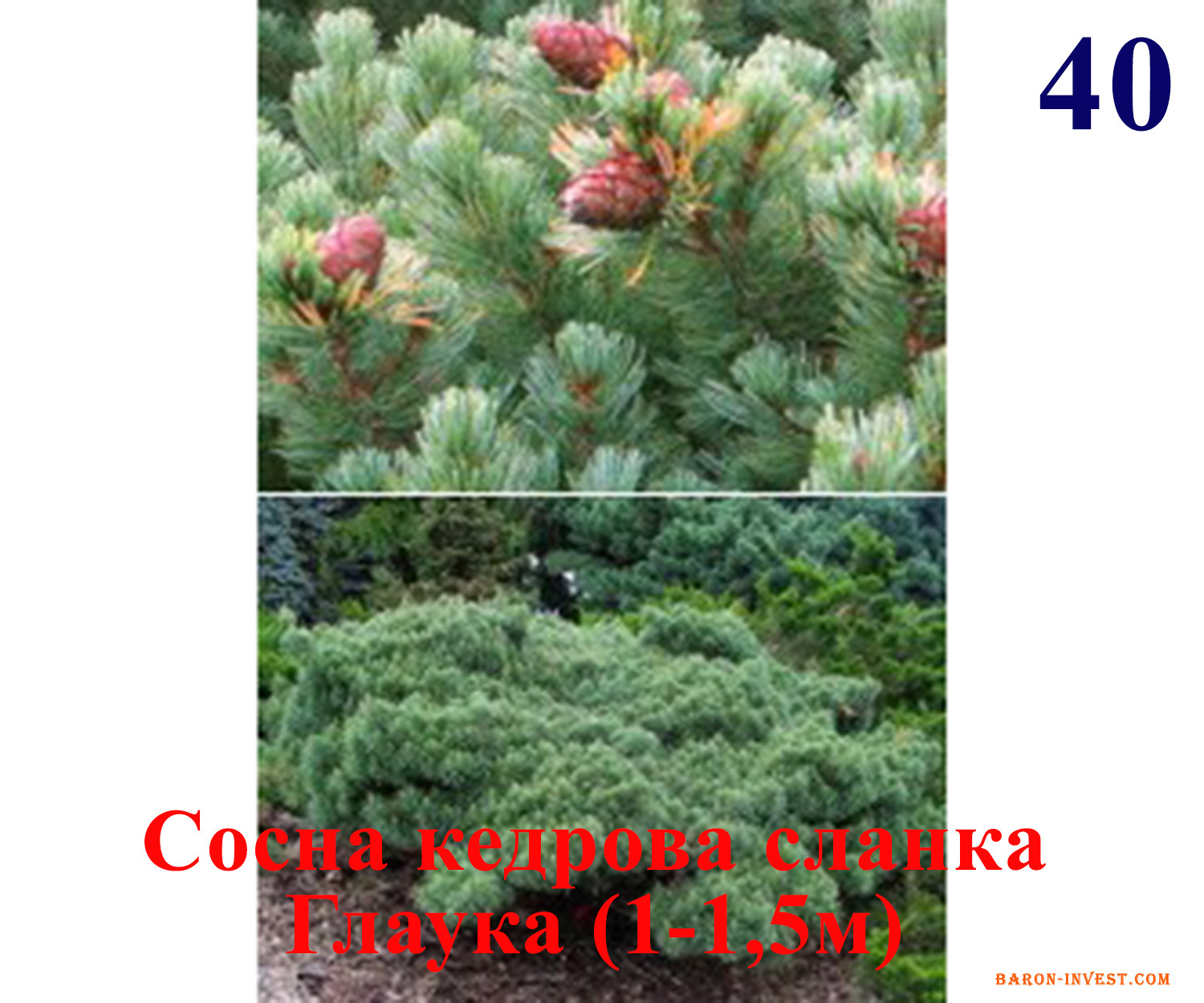
Сорти сосни висотою менше 2 м
ТОВ "БАРОН ІНВЕСТ"
Україна, Київська reg, Київ
30-09-2023
negotiable
ID 141963
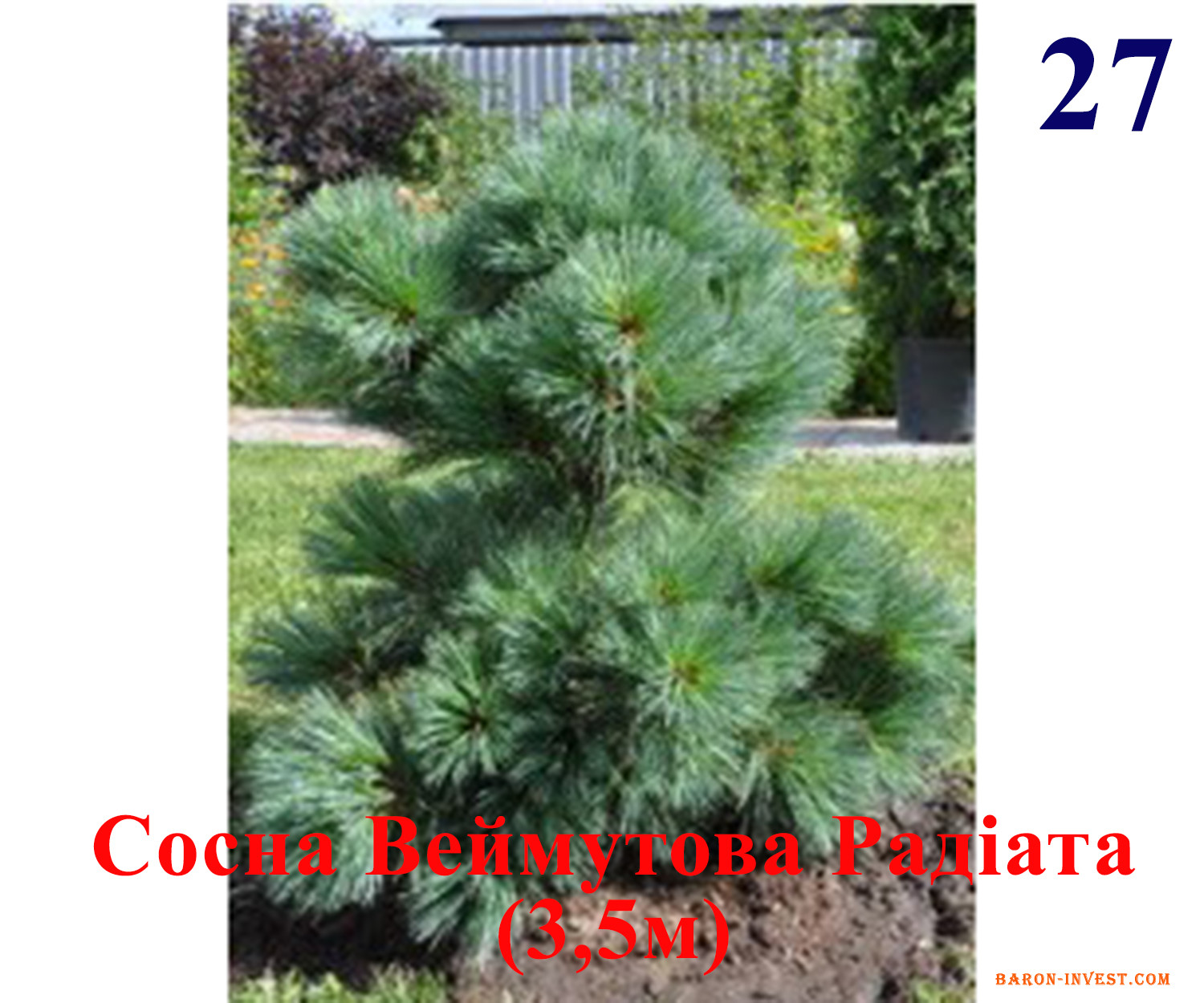
Сорти сосни висотою від 2 до 4 м
ТОВ "БАРОН ІНВЕСТ"
Україна, Київська reg, Київ
30-09-2023
negotiable
ID 141962

Сорти сосни висотою від 4 до 10 м
ТОВ "БАРОН ІНВЕСТ"
Україна, Київська reg, Київ
30-09-2023
negotiable
ID 141961
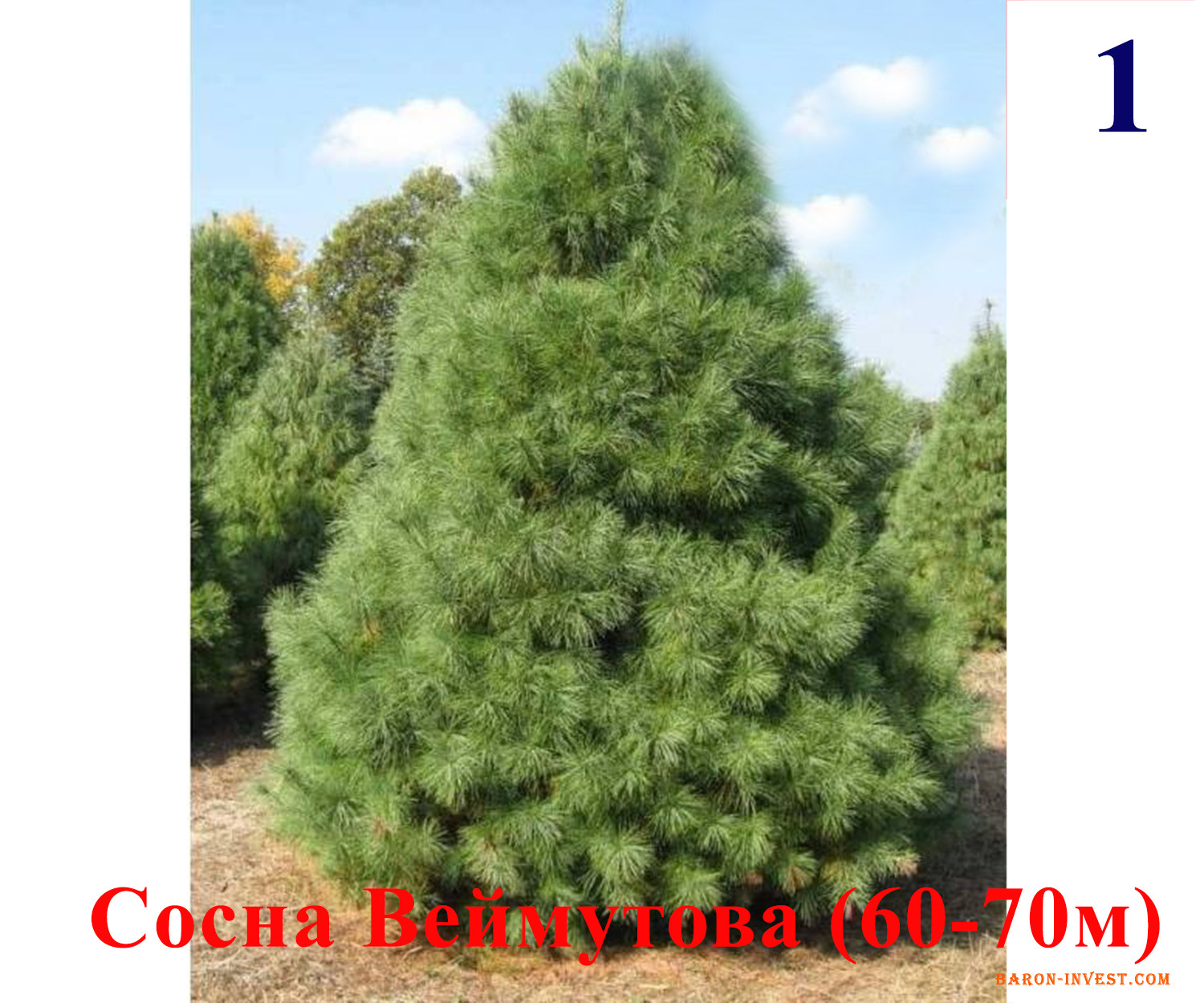
Сорти сосни висотою від 10м і вище
ТОВ "БАРОН ІНВЕСТ"
Україна, Київська reg, Київ
30-09-2023
negotiable
ID 141960
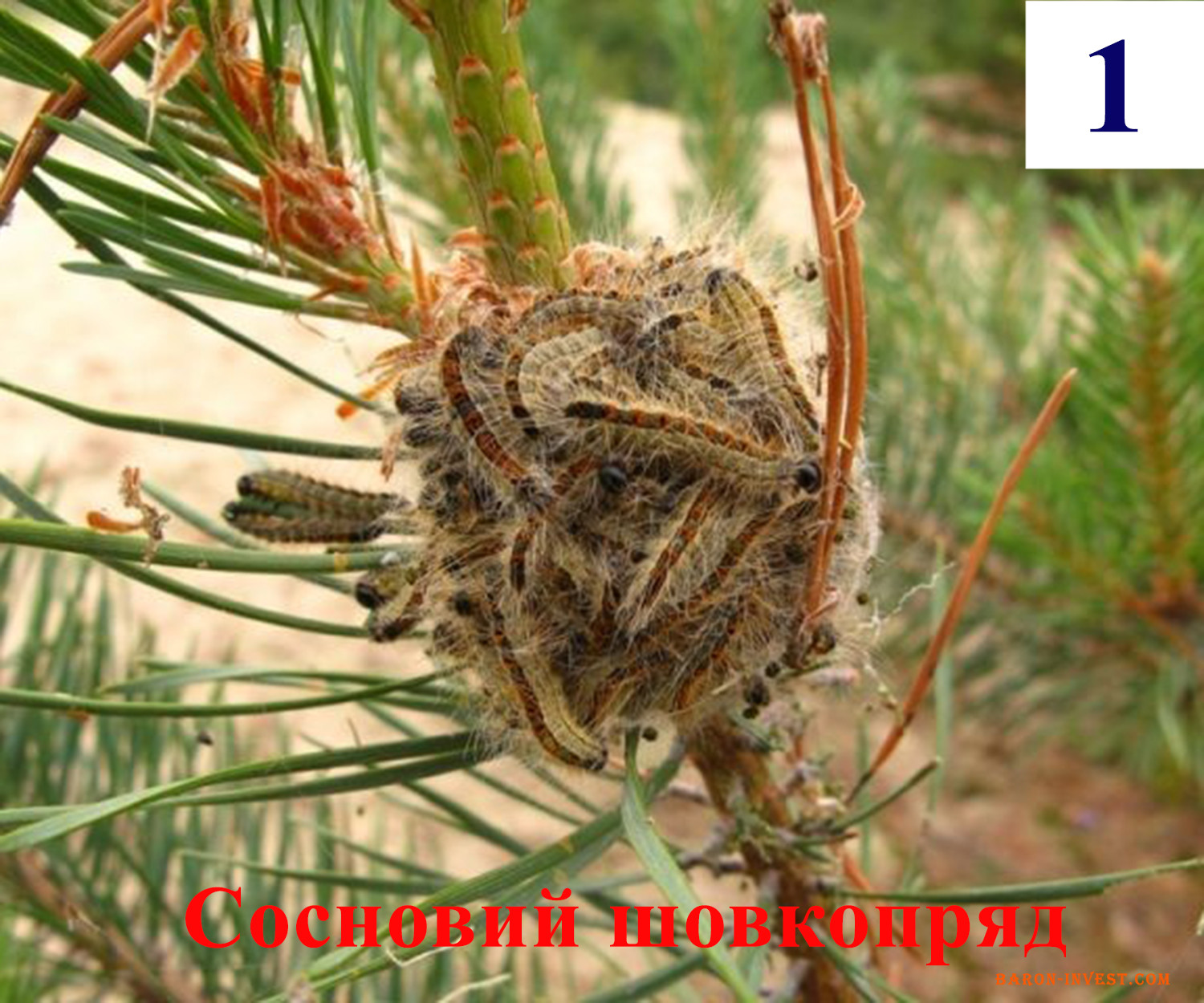
Шкідники сосни
ТОВ "БАРОН ІНВЕСТ"
Україна, Київська reg, Київ
29-09-2023
negotiable
ID 141958
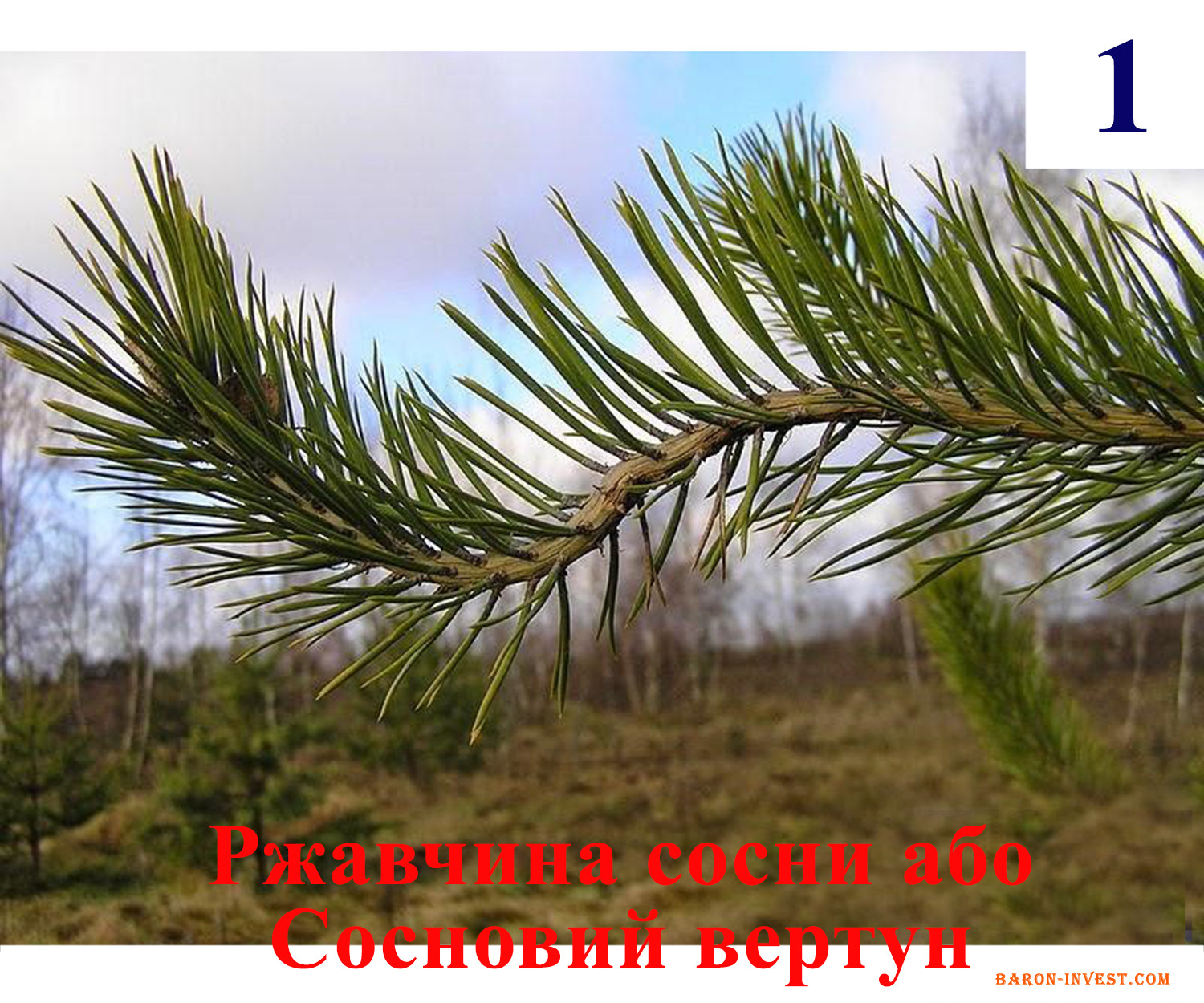
Хвороби сосни
ТОВ "БАРОН ІНВЕСТ"
Україна, Київська reg, Київ
27-09-2023
negotiable
Ads in the category
"PINE"
Plant Description
Definition - What is a "Pine":
A pine is an evergreen coniferous tree belonging to the pine family (Pinaceae). It is known for its needles and characteristic conical crown.
Classification - Genus and Family:
Pine belongs to the pine family (Pinaceae) and the genus Pinus.
Number of Species:
There are more than 100 species of pines worldwide, including mountain pines, forest pines, and others.
Sunlight Requirements:
Pines are sun-loving plants and thrive in open areas where they receive an adequate amount of sunlight.
Tolerance for Shade:
Pines do not tolerate shade well and grow poorly in shaded conditions.
Drought Tolerance:
Many pine species exhibit high drought tolerance and can thrive in conditions with limited moisture.
Susceptibility to Overwatering:
Pines cannot tolerate soil oversaturation and may rot in excessively moist conditions.
Flowering Season - Months:
Pines typically bloom in the spring, usually in April or May.
Soil Requirements - pH Level:
Pines are particular about soil and grow best in well-draining soils with a pH level around 5.5-6.5.
Planting Guidelines - Root Collar, Preferred Locations:
When planting pine, it's essential not to bury the root collar. Pines are best planted in sunny locations with good drainage.
Spring Care, Including Fertilization:
In the spring, you can fertilize pine trees with mineral fertilizers designed for conifers.
Summer Care, Including Watering:
During the summer, it's crucial to provide adequate watering and monitor the tree's condition.
Autumn Care, Including Fertilization:
Autumn care includes fertilization to prepare the pine for winter.
Winter Care, Including Protection and Fertilization:
Winter care involves protecting the tree from freezing temperatures and winter desiccation.
Pruning:
Pruning of pine trees can be done to shape the canopy and remove diseased branches.
Treatment for Diseases and Common Diseases:
Pine trees can be susceptible to diseases such as fungal infections and moths.
Pest Control and Common Pests:
Pests that can attack pine trees include the pine sawfly and pine bark beetle.
Cold Tolerance in Numbers:
Pine trees are known for their high cold tolerance and can withstand low temperatures, even down to -40°C.
Natural Habitat:
Pines grow in various natural conditions, including coniferous forests, mountainous regions, and forest-steppe zones.
Propagation:
Pine trees can be propagated by seeds, through vegetative reproduction, or by planting seedlings.
Other Information:
Pines have significant ecological importance as they help purify the air from pollutants and provide shelter for many species of wildlife. They are also used in forestry for timber production, which is used in construction and other industries. Pine is a symbol in many cultures and nations and is often used in landscape design and decorative gardening.
